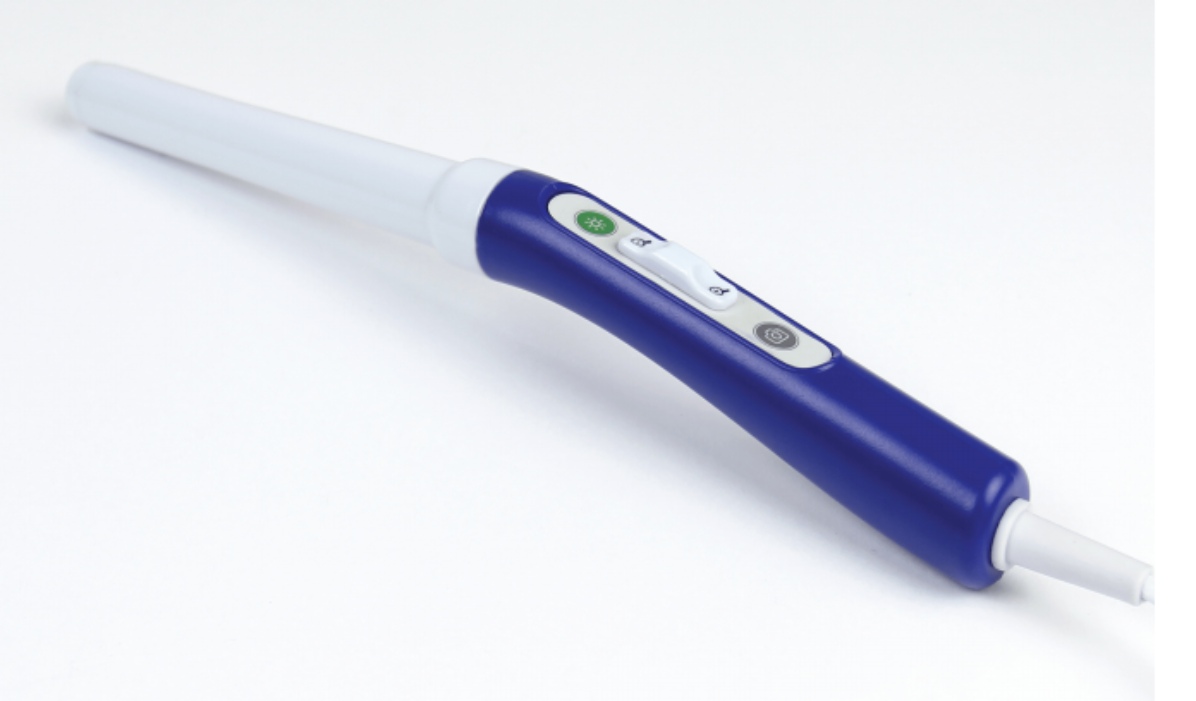Screening In Your Pocket

Indian-American researcher creates cheap cervical cancer screening device that can fit into pockets
By Anila Mathew Vivek
As the world observed cervical cancer awareness, it was saddening to realise that this form of cancer is a public health concern in India, since cancer in the cervix accounts for 17 per cent of deaths attributed to cancer. In fact, Indian women constitute one-fourth of all cervical cancer patients globally. The lack of awareness of screening methods and necessary infrastructure has proved to be the main reason for late diagnosis and detection of cancer in the cervix. Therefore, it seems destined that a team led by an India-born woman has developed a light-weight, easy-to-use device that can capture a high grade image of the cervix and help in effective diagnosis—the pocket colposcope.
Dr. Nimmi Ramanujam, a professor of Biomedical Engineering, Pharmacology and Cancer Biology, and Global Health at the Department of Biomedical Engineering, Duke University and her team of researchers, have invented a handy device, which can be connected to a laptop or mobile phone, and even help women screen themselves. Dr Ramanujam, who is also the director of the Center for Global Women’s Health Technologies, has been leading the team of faculty, students and staff of the University, to give shape to a beta prototype of the Pocket Colposcope, in collaboration with product design and development company 3rd Stone Design, Inc.
The research team is currently working through the regulatory processes while also conducting population-level studies in middle- and low-income nations.
The portable device that can be cleaned and sterilised after. use, resembles a pocket-sized tampon. Instead of visualising the cervix from outside the speculum, like regular colposcopes, this can be used inside a speculum or even without a speculum, as it has a consumer grade light source and camera at the tip, that, when inserted, provides a live video or image of the cervix on a laptop or tablet. There is an inserter available for conducting the screening without a speculum and this enables a close-up view of the cervix (3cm rather than 30cm away from the cervix), allowing zooming in of images by simply using a thumb, cutting the necessity of highend optics and cameras, thus helping in lowering the cost of the device. The image quality provided by the Pocket Colposcope is better than that received from high-end clinical colposcopes now available.

If We Are Able To Empower Communities With The Ability To Perform Screening And Diagnosis (And Possibly, Treatment) In An Accessible Location, We Could Help To Eliminate An Additional Touch Point For The Woman, Reduce The Risk To Follow Up, And Provide The Appropriate Follow Up Right Where She Is.
Dr Nimmi Ramanujam, Professor, Duke University
The research team is currently working through the regulatory processes while also conducting population-level studies in middle- and low-income nations. The team has also developed a more comfortably-designed speculum while they are also developing a low-cost method of treating cervical cancer, in which gelatinous ethanol is applied to the lesion site, at minimum cost. The biggest advantage of the Pocket Colposcope is that it can be used community health workers with ease, ensuring greater participation of womenfolk in rural areas in cervical screening. Besides, the images captured by the Pocket Colposcope can easily be transferred to experts in a remote location for analysis and diagnosis. This would allow oncologists to prescribe the best method of management or treatment of any disease detected. Also, because the Pocket Colposcope comes speculum-free, it is deemed to be more woman-friendly. In fact, Dr Ramanujam’s team believes the device can come in handy even for selfscreening in the comfort of one’s home. Says a study on the Pocket Colposcope: “We see this as a huge advantage, since the main resistance to cervical cancer screening in the community is due to the fear and discomfort of speculum insertion by the health care provider. This is generally considered as a painful procedure by the women. In fact, the authors claim that this device would eventually lead to self-screening including cervical image capture by women, either in their homes or in clinics, with minimal guidance by health care providers.

With the growing disparity of cancer prevention and management services between the low-resource and highincome countries, there is an urgent need for scientists, bioengineers, and clinicians to translate the novel cancer care technologies into innovative, resource-appropriate tools, and leverage the ongoing technology development to both build on successes and address challenges in the field.”
“The Pocket Colposcope is a significant advance in cervical cancer screening. It is a small and simple device, easy to use, store and transport. Yet, the pictures are as good or better than [the] standard colposcope. Health workers can be trained to use the device and record images that can be transmitted to experts elsewhere, who can evaluate them and advise appropriate therapeutic options,” says Dr Neerja Bhatla, Professor of Gynaecology at All India Institute of Medical Sciences, Delhi, which has completed trials for the device with great success.
















